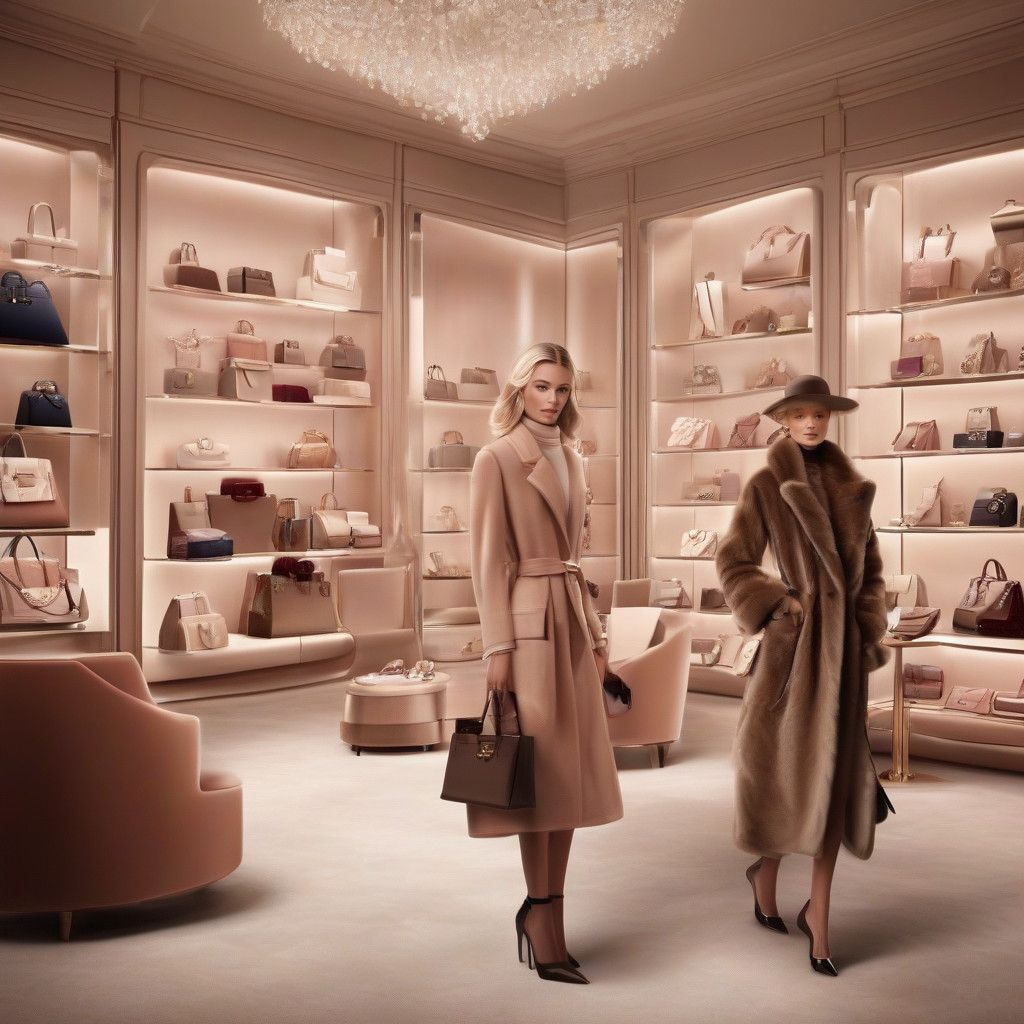In today’s luxury market, shoppers are increasingly seeking ways to acquire hard-to-find items such as exclusive handbags, shoes, and watches. Traditional purchasing channels often fall short, prompting consumers to explore alternative routes like auction houses and specialized fashion sourcers. The demand for high-end products has surged, creating a vibrant market where exclusivity often drives consumer behavior.
For many, the journey to acquire a coveted item, like a Hermès Birkin bag, is fraught with challenges. For example, Angela Hwang, a consultant from Carmel, California, turned to resources like YouTube and handbag forums to strategize her purchase of a Birkin 35 in a neutral color. Despite her previous purchases from the brand, stepping into a Hermès store was not straightforward. The brand’s infamous sales practices often mean these exclusive bags are only available to the most loyal customers—an experience many refer to as playing the “Hermès game.”
Research shows that the exclusivity of luxury items increases their desirability. Brands like Hermès produce limited quantities of prized products and often prioritize long-standing customers. This dynamic not only stirs frustration but has also led to legal action, highlighting consumer discontent with perceived unfair sales practices.
For many shoppers like Hwang, the lure of immediacy outweighs the traditional wait. Faced with often exorbitant resale prices—sometimes double the original retail—many consumers are willing to pay a premium to bypass the lengthy acquisition process deemed unnecessary. Hwang commented on her decision to purchase a secondhand Birkin, illustrating evolving consumer attitudes: “It’s like, I just wanted the bag. I really like it, I want to buy it.”
As the luxury shopping landscape shifts, various platforms have emerged to facilitate these desirable purchases. Online resale marketplaces such as Fashionphile, Vestiaire Collective, and The RealReal have gained traction, allowing customers easier access to those elusive luxury items. Specialized boutiques and auction houses are also adapting, promoting rare finds and exclusive collections.
Geoff Hess, Sotheby’s global head of watches, emphasizes how the purchasing process has evolved: “Buying those coveted models at retail has gotten very challenging and difficult across luxury.” The growth of curated resale channels has created a new ecosystem around luxury shopping, making it easier for individuals wishing to skip the traditional processes that many find cumbersome.
The rise of fashion sourcers on social media platforms has further transformed how consumers acquire luxury goods. These professionals act as intermediaries, leveraging their networks in the fashion industry to locate and obtain hard-to-find items. Many sourcers begin their work through Instagram, connecting directly with consumers looking for specific items. They often guide their clients through the channels necessary for securing sought-after pieces, from established contacts within exclusive boutiques to private sellers.
Take Gab Waller, for example, a fashion sourcer who has become a well-known name among high-profile clients. She notes that many buyers prioritize privacy and opt to work with sourcers rather than deal with sales associates directly, reducing the pressure of navigating traditional retail environments. Waller’s clientele includes celebrities, heads of state, and CEOs, all prioritizing efficiency and discretion: “Their biggest luxury is their time and energy.”
Data from the luxury market suggests that consumer dissatisfaction with traditional retail experiences drives demand for alternative purchasing methods. Many consumers felt alienated during the pandemic when stores closed down or limited access, prompting them to seek solutions outside conventional retail. As these channels become more established, luxury brands are finding it challenging to retain control over their product distribution.
For the luxury sector, facing this new competitive landscape means adapting to these shifting consumer demands. Joelle de Montgolfier, an executive at Bain & Company, highlights that brands must innovate in how they engage customers after focusing heavily on loyal clientele over the years. “The less exclusive you are, the more problems you will have,” she underscores, suggesting that a careful balance is crucial to maintain brand allure.
In conclusion, the luxury shopping experience is rapidly changing thanks to the emergence of new channels and alternative purchasing methods. Shoppers are willing to invest significant sums to retrieve hard-to-find items, a testament to the evolving nature of consumer priorities in the luxury market. As businesses adjust to these trends, the challenge will be to offer engaging, personalized shopping experiences that meet the needs of modern consumers seeking both exclusivity and immediacy.












